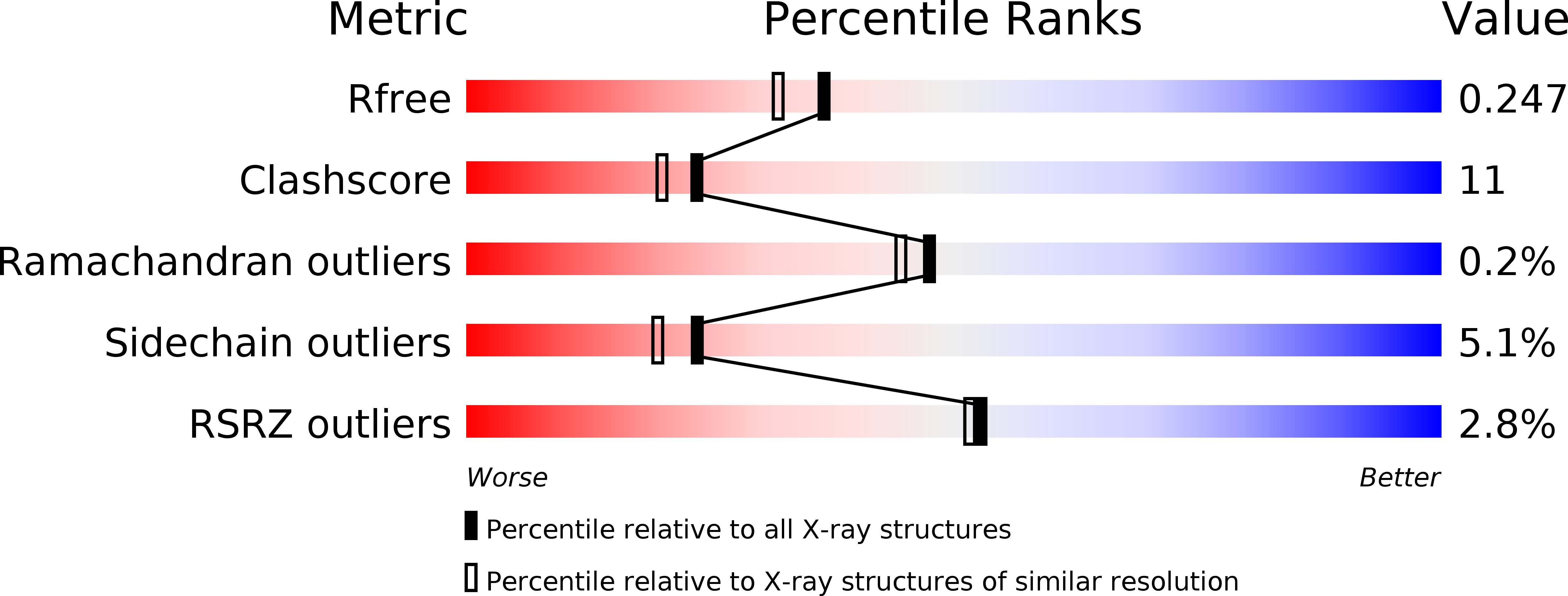
Deposition Date
2004-06-18
Release Date
2004-07-27
Last Version Date
2023-08-23
Entry Detail
Biological Source:
Source Organism:
Streptomyces coelicolor A3(2) (Taxon ID: 100226)
Host Organism:
Method Details:
Experimental Method:
Resolution:
2.00 Å
R-Value Free:
0.25
R-Value Work:
0.23
Space Group:
H 3


